有一个 tableof 宏包,不知道是不是你想要的。效果如下: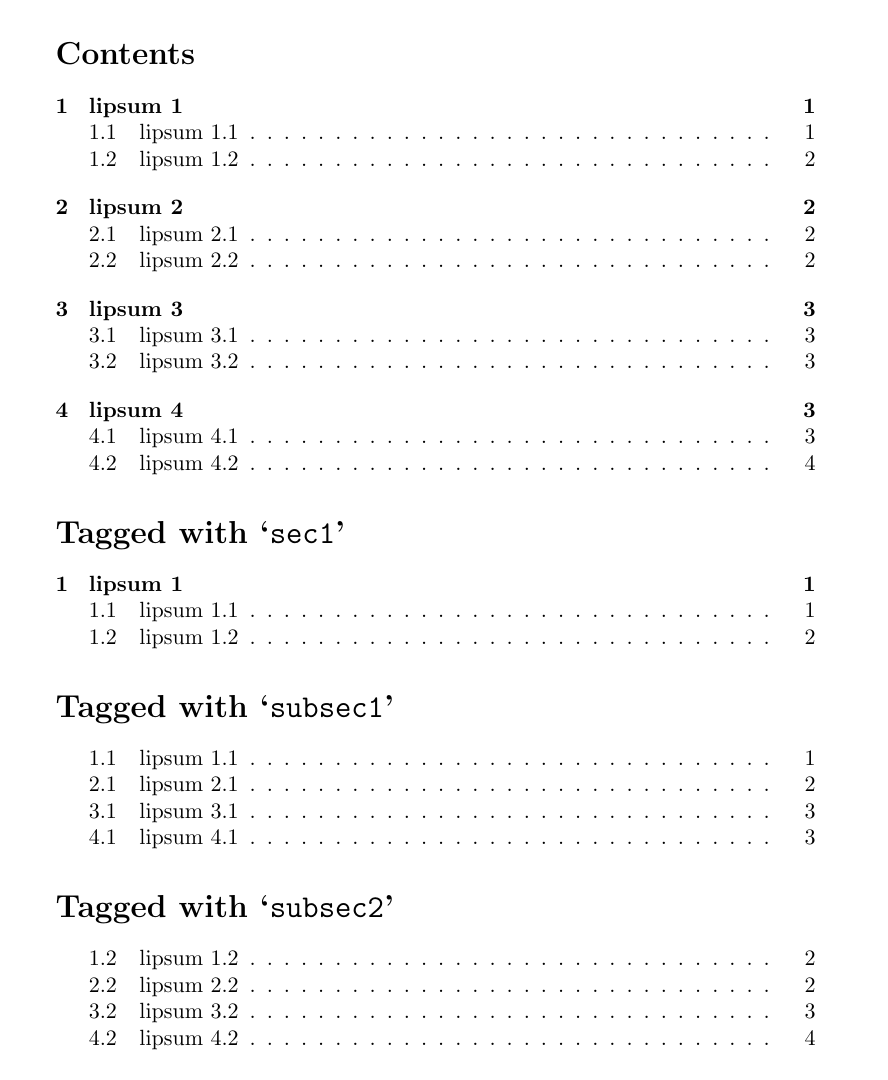
多 tag 也是支持的。
如果只是要在标题旁边标记tag,那应该由 titlesec 或 ctexheading 宏包来做。
附上代码:
\documentclass{article}
\usepackage{tableof}
\usepackage{lipsum}
\begin{document}
\tableofcontents
\section*{Tagged with `\texttt{sec1}'}
\tableof{sec1}
\section*{Tagged with `\texttt{subsec1}'}
\tableof{subsec1}
\section*{Tagged with `\texttt{subsec2}'}
\tableof{subsec2}
\toftagstart{sec1}
\section{lipsum 1}
\toftagthis{subsec1}
\subsection{lipsum 1.1}
\lipsum[1]
\toftagthis{subsec2}
\subsection{lipsum 1.2}
\lipsum[1]
\toftagstop{sec1}
\toftagstart{sec2}
\section{lipsum 2}
\toftagthis{subsec1}
\subsection{lipsum 2.1}
\lipsum[2]
\toftagthis{subsec2}
\subsection{lipsum 2.2}
\lipsum[2]
\toftagstop{sec2}
\toftagstart{sec3}
\section{lipsum 3}
\toftagthis{subsec1}
\subsection{lipsum 3.1}
\lipsum[3]
\toftagthis{subsec2}
\subsection{lipsum 3.2}
\lipsum[3]
\toftagstop{sec3}
\toftagstart{sec4}
\section{lipsum 4}
\toftagthis{subsec1}
\subsection{lipsum 4.1}
\lipsum[4]
\toftagthis{subsec2}
\subsection{lipsum 4.2}
\lipsum[4]
\toftagstop{sec4}
\end{document}
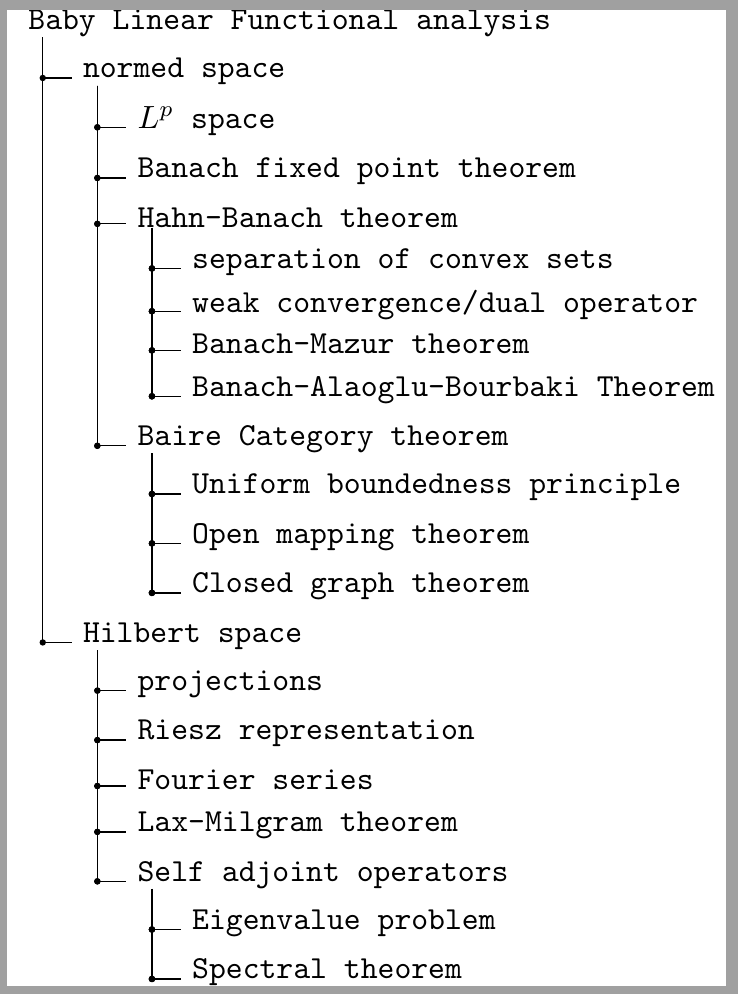

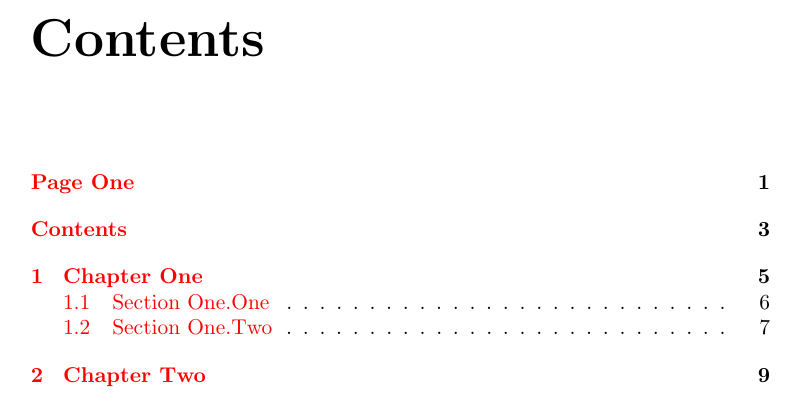
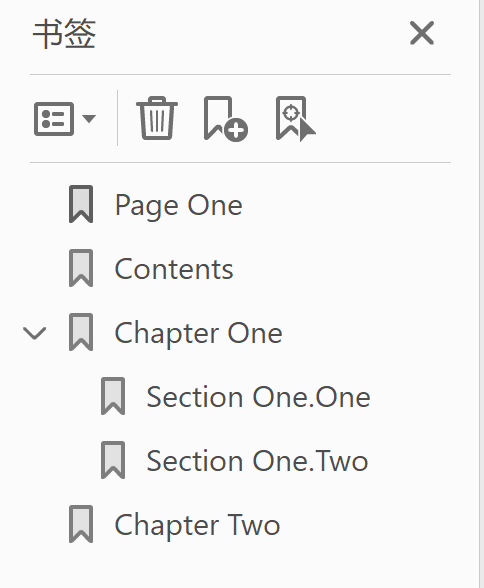

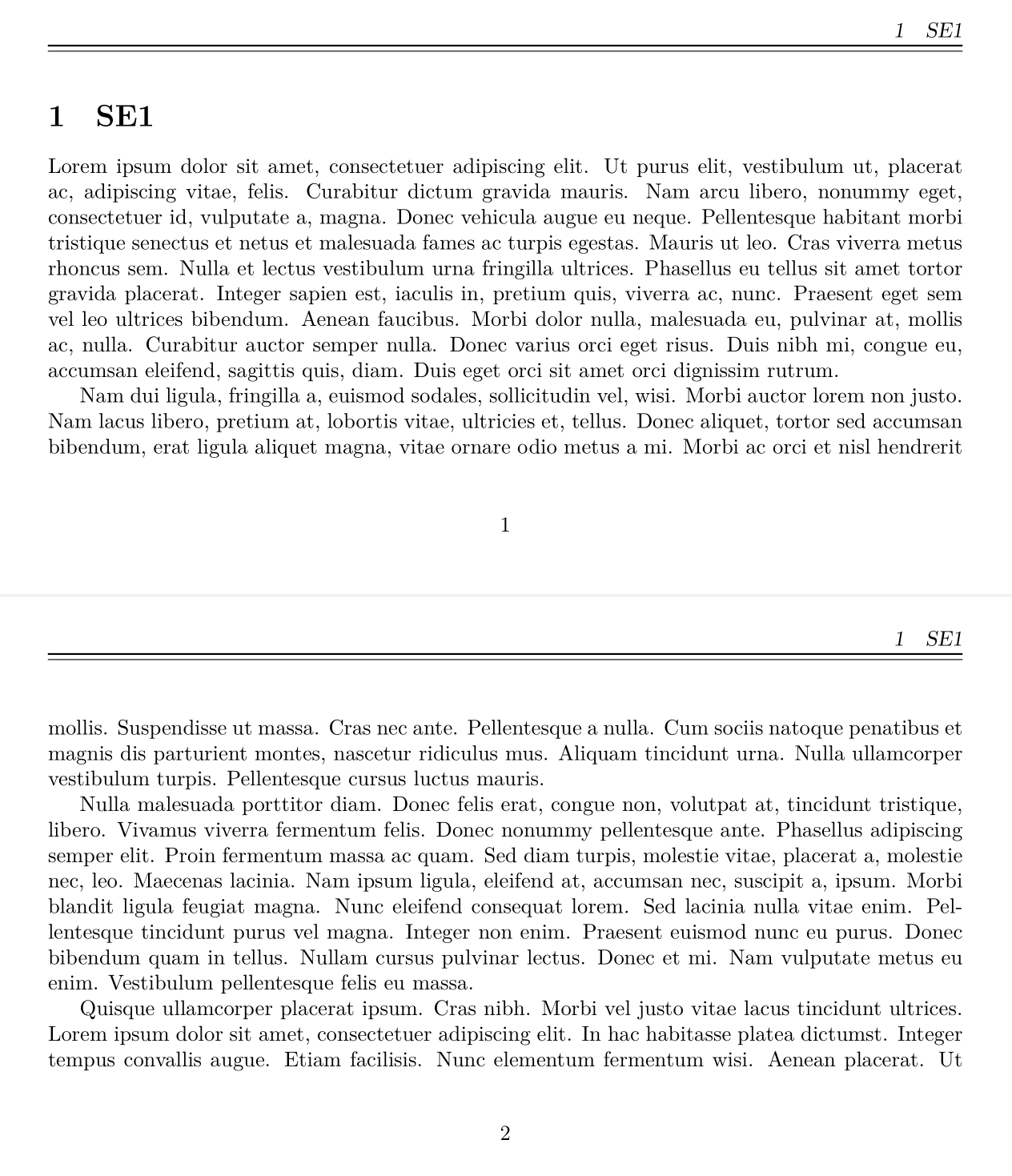

问 有没有宏包可以实现对文档(标题)按 tag 分类